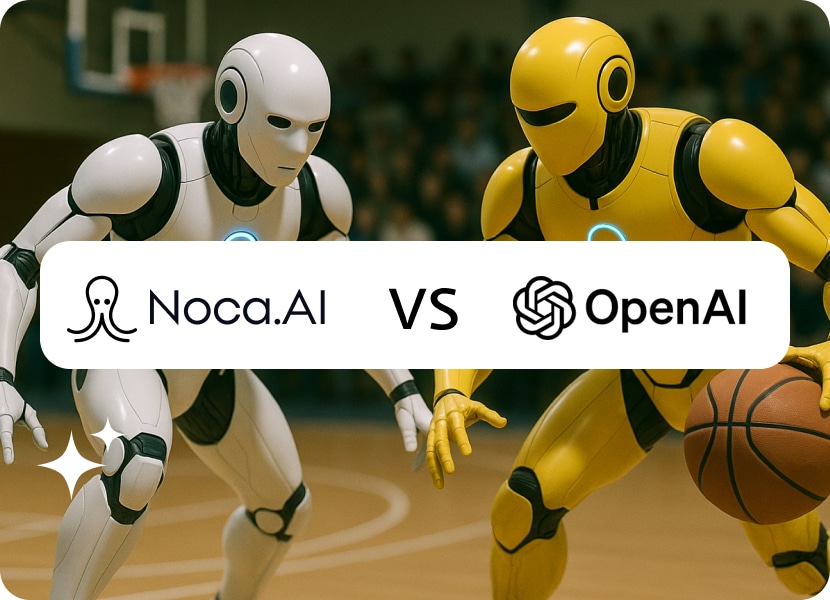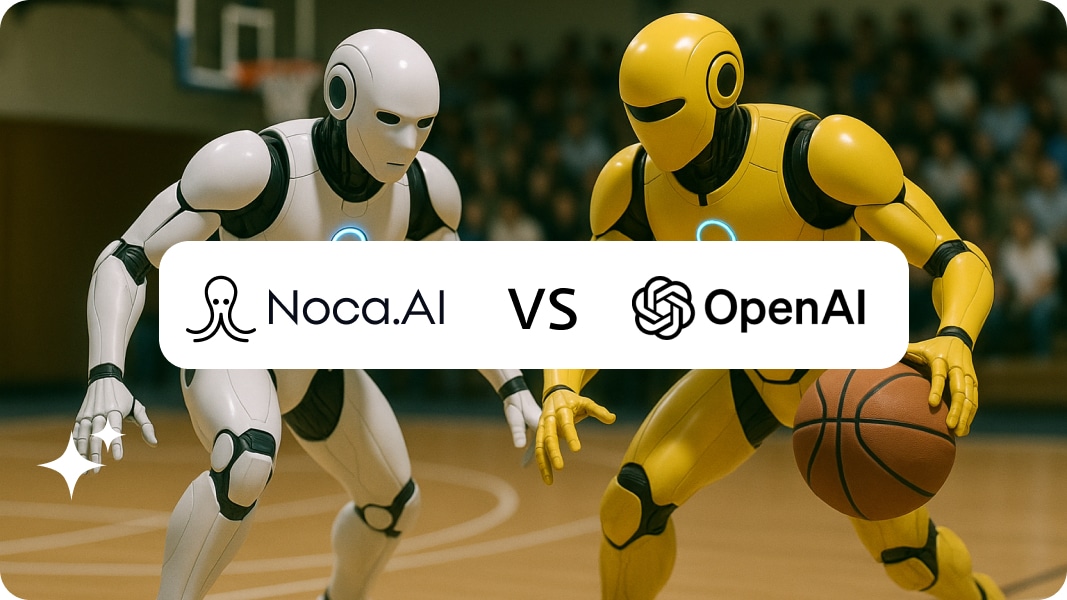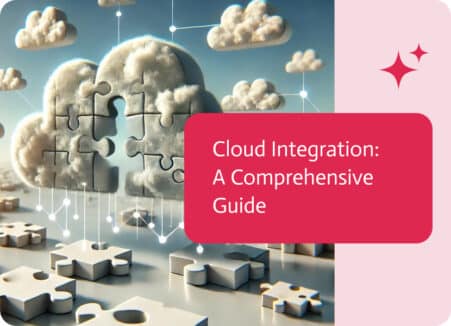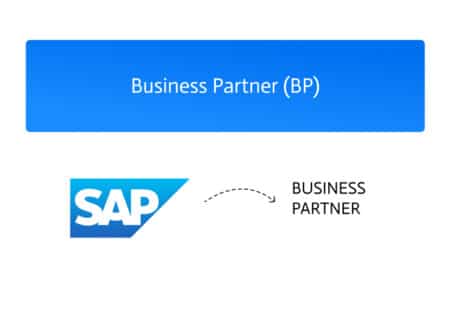

Noca vs OpenAI: Building Digital Employees
Hiring a digital colleague used to sound like the premise of a sci-fi short. In 2025, it’s a line item on IT’s roadmap. Two names come up again and again when companies ask, “Who builds the digital workers?” Noca vs. OpenAI.
Noca, a vibe-coding, no-code platform giving users the power to build not only production-ready apps but also AI-driven chatbots and AI workers, or digital employees built from plain language. The other, OpenAI, is the company that popularized chat-based AI and is now shipping agentic tooling that lets its models act, plan, and function in different systems.
Both have proven to be incredibly useful, but they play different roles and take on differing buyer needs. This piece breaks down the way each one approaches the idea of a “digital employee,” where they may be better, and where Noca has the edge for product teams that want a vibe-coding-first experience.
What is a Digital Employee?
Currently, a digital employee is more than a script that copies and pastes. It’s an autonomous, monitored piece of software that completes multi-step business outcomes from customer triage to invoice reconciliation with minimal human correction. It logs actions, follows rules, connects to CRMs and ERPs, and can be given constrained, specified permissions so it acts like an accountable teammate rather than a wild script. Noca frames its platform explicitly around building these kinds of workers: apps, flows, and bidirectional bots that are able to operate as end-to-end agents.
OpenAI’s move into agentic systems and pushing to let models act on behalf of users, turning a generalist LLM into a toolkit used in building agents that can plan, fetch tools, and use a machine’s capabilities to complete tasks. OpenAI’s official introductions in 2025 make it clear the company expects models to “think and act,” not just respond.
Philosophy and product focus: who’s building what
Noca’s philosophy is productization-first: turn prompts into production apps and workers that effortlessly integrate with all those real enterprise systems without a mountain of code. It’s deliberately aimed at business teams who want to spec a workflow in plain language and ship a working, monitored digital employee, often with no-code tooling and pre-built integrations. That positioning shows up across Noca’s marketing and help content: their language emphasizes “from prompt to a product” and “end-to-end agents” for business outcomes.
OpenAI, conversely, targets the basics of capability: best-in-class language understanding plus modular agent primitives. Its products, GPTs, AgentKit, and the ChatGPT Agent feature are meant to act more like building blocks, really. Enterprises and devs are able to build their agents atop this stack, but OpenAI’s value is in the engine and the SDKs rather than in prepackaged, business-ready apps or connectors. Think: powertrain vs. finished car.
Ease of Deployment
If your team wants to go from idea to deployed worker quickly, Noca is built for that journey. It emphasizes vibe-coding flows where business users can say what they want, and it miraculously happens, then wire up CRM/ERP connections with a prompt, and deploy. Noca’s AI gives you step-by-step instructions and real-time suggestions on how to improve and ship digital employees for tasks like reconciliation, customer operations, and monitoring. For companies that want a low-to-no-friction path with governance baked in, Noca’s approach reduces the “stitching” work.
OpenAI offers flexible agent primitives and an agent SDK that let engineers build extremely capable agents, but that flexibility assumes engineering investment. The upside is unmatched model ability and speed of iteration; the downside is you’ll need developer time to connect to enterprise systems and build monitoring and governance layers unless you use third-party orchestration and connectors. OpenAI’s Agent tooling shortens core agent development but doesn’t out-of-the-box solve enterprise integration or auditing problems.
Integrations, security, and enterprise readiness
Digital employees live or die by integrations and governance. Noca’s whole sales play is “connect to your CRM/ERP and make this work in production.” The emphasis is on native integrations and control functionality. It has a wide range of built-in connections and offers built-in security while also providing users with instructions on how to deploy their digital employees safely. That makes Noca attractive to teams that must show auditors how an autonomous agent platform worker made decisions in a regulated manner.
OpenAI offers strong model-level safety and enterprise features (ChatGPT Enterprise, data controls, hardened APIs). Its agent capabilities have been extended to enterprise customers through releases and release notes in 2025, but integrating those agents with enterprise systems requires custom engineering or a partner layer for connectors, role-based access, and system-level auditing. OpenAI provides the inference power and the agent logic; the rest is often up to the integrator.
Observability and lifecycle management
A digital employee must be observed, tuned, and retired gracefully. Noca stresses dashboards, feedback loops, and regular performance reviews when it comes to agents, treating digital workers like teammates who need coaching and occasional oversight to ensure they don’t run amok, which they’ll hardly ever do. Noca is fantastic when you want to see a reduction in error rates, improve accuracy, and save loads of time. That paints Noca as a platform that simplifies the lifecycle of agents in business terms.
OpenAI’s tools include telemetry and logging at the API level, plus enterprise controls in ChatGPT Enterprise. For holistic lifecycle management, you’ll likely stitch together monitoring, retraining signals, and governance. If your team already has strong MLOps and platform engineering, OpenAI gives you a superior brain to plug into that stack. If you’re looking for a turnkey operations experience, you’ll find more of that intent in the likes of Noca.
Where Noca wins (and why you’d pick it)
Speed to product: Want a working digital employee that handles a business outcome this quarter? Noca’s vibe-coding,ai agent platform, no-code builder, and prebuilt connectors are optimized for that route.
Non-engineer empowerment: Product managers, ops, and non-techy people can spec workers without deep engineering overhead. Noca’s messaging and help content make that explicit.
Enterprise-friendly outputs: Audit trails, constrained permissions, and behavior patterns designed for finance, ops, and customer teams make Noca feel built for regulated environments.
Templates and playbooks: You don’t just get raw model calls; you get deployment patterns, monitoring suggestions, and case studies that shorten adoption.
Where OpenAI tends to win (and why you’d pick it)
Model capability: OpenAI’s models are often the cutting edge in reasoning, planning, and understanding; that means better raw agent intelligence.
Flexibility via SDKs: If your engineering team wants to build bespoke agents with complex toolchains, OpenAI’s AgentKit and SDKs are a playground.
Scale and compute: OpenAI can deliver scale when you want many concurrent agents working reliably. Independent analyses have noted OpenAI’s capacity for large-scale deployments (though the exact business case depends on the task).
Considerations When Buying
Should the goal be to quickly automate job roles like collections, account reconciliation, and customer introductions, and you want a platform that packages integration, governance, and a no-code UX, definitely lean towards Noca. If you already have platform engineering, want to build novel agent behaviors, or need raw capability for research-grade tasks, then lean on OpenAI and plan to build the integration and governance aspects around it.
A common hybrid: use OpenAI for model-level capabilities (via API or hosted GPTs) and Noca as the orchestration/product that does all the connecting, tracking, and deployment patterns. Noca’s direction is explicitly to productize “from prompt to product,” while OpenAI remains the best-in-class provider of models and agent primitives. Both can be complementary.
Risks, governance, cautions
Digital employees amplify mistakes as much as they do productivity. Rushing to put them to work without observability, access controls, and clear metrics is a recipe for costly errors. Both platforms emphasize governance in their own ways: Noca with playbooks and deployment guidance, and OpenAI by building safer agent primitives and enterprise plan features. Any serious rollout should include audits, human-in-the-loop gates, and clear steps on what to do when things start to go wrong.
Noca vs. OpenAI Takeaway
If you want a business-centric, vibe-coding path to put digital employees into production quickly, Noca is the specialist play. It’s opinionated about building outcomes, provides no-code, AI-first tooling, and wraps integrations and governance into a product experience aimed at real teams. OpenAI is the engine that makes the smartest agents possible; it’s better when you need bespoke agent logic and have engineering resources to integrate and harden the system.
For most product teams launching their first digital worker, Noca shortens the runway and reduces the engineering tax. For platform teams building massive, customized fleets of agents, OpenAI supplies the intelligence with the tradeoff of additional integration work. Realistically, the future belongs to thoughtful combos: use best-in-class models and pair them with those that productize agents so the organization can manage, audit, and scale them responsibly. With that being said, Noca is a one-stop shop for everything AI-driven, from vibe coding to digital employees and a whole lot more.


